July 5, 2024 | 07:03 GMT +7
July 5, 2024 | 07:03 GMT +7
Hotline: 0913.378.918
July 5, 2024 | 07:03 GMT +7
Hotline: 0913.378.918
Governmental Deputy Minister Tran Luu Quang signed Decision No.389 on May 9, 2024 approving the Planning on Protection and Exploitation of Aquatic Resources in the period of 2021-2030, with a vision to 2050.
The main objectives by 2030 are to protect, conserve, and enhance aquatic resources in all forms of water bodies and to preserve marine biodiversity, thereby supporting the implementation of Resolution No.36 on the sustainable development strategy of Vietnam's marine economy until 2030, with a vision until 2045. The objective is to advance sustainable and responsible utilization of aquatic resources while complying with international integration standards. Additionally, it seeks to safeguard the environment, adapt to climate change, and proactively prevent and manage natural disasters. Furthermore, it aims to improve the quality of life for people, ensure social welfare, and protect Vietnam's sovereignty, jurisdiction, security, order, and national interests in its waters.
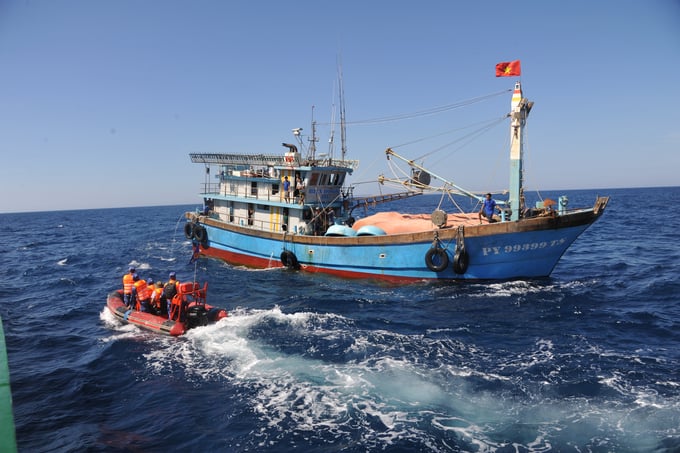
The plan targets that by 2030, the maximum total number of fishing vessels will be about 83,600.
The planning establishes specific objectives: In order to protect and develop fisheries resources, a total of 27 marine conservation areas have been established and are effectively operating. These areas cover approximately 463,587 hectares, which accounts for about 0.463% of the natural area of the national maritime region. Within these areas, there are 149 designated areas in the marine region, including 59 areas specifically for protecting fisheries resources, 63 areas where fishing is temporarily banned, and 27 areas for artificial aquaculture. Additionally, there are 119 designated areas in inland regions, including 66 areas for protecting fisheries resources and 53 areas where fishing is temporarily banned. These areas serve the purpose of protecting spawning grounds and providing nurseries for juvenile fish.
The maximum number of fishing vessels for fisheries exploitation is around 83,600. The fisheries exploitation is structured as follows: Trawling represents 10% of the total, Seine netting represents 6.1%, Trawl netting represents 40.3%, Handline fishing represents 18.9%, Gillnetting represents 3%, and Trap fishing represents 2.9%. 16.6% of the total number of fishing vessels are accounted for by other fishing methods, while post-harvest fisheries exploitation support accounts for 2.2%. The overall workforce has diminished to approximately 600,000 individuals.
Complete the system of fishing ports and sheltered anchorage areas for fishing vessels into an interconnected and regional system to meet the needs of anchorage and fishing support services.
By 2050, Vietnam aspires to establish a sustainable and advanced fishing industry that is on par with developed fisheries in the region and globally. This includes the conservation and development of marine biodiversity and inland aquatic areas. The goal is to enhance the material and spiritual well-being of the population, while also contributing to social security, safeguarding sovereignty, security, order, and national interests in Vietnam's rivers and seas.
The primary objective outlined in the Planning is to restore fisheries resources, with a particular focus on economically valuable species as well as endangered, rare, and endemic species. Additionally, it aims to enhance the management, assessment, conservation, protection, and regeneration of fisheries resources in both inland and marine ecosystems.
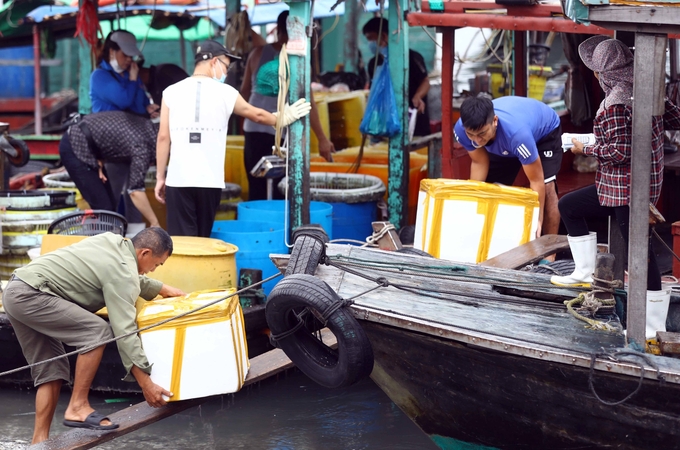
For fisheries exploitation, the total number of workers decreased to about 600,000 people. Photo: Hong Tham.
Enhance the size and scope of marine conservation areas and safeguard fisheries resources; establish and proficiently oversee new marine conservation areas; merge conservation efforts with the advancement of marine ecotourism, thereby promoting the preservation and sustainable utilization of marine ecosystems and resources; safeguard historical, cultural, and picturesque heritage sites, and foster coastal tourism.
Identify areas wherein fishing activities have been temporarily banned as locations with high concentrations of spawning activities and habitats for juvenile fish. Additionally, build designated areas with artificial habitats for species that are endangered, rare, commercially valuable, scientifically important, indigenous, or endemic in maritime regions.
The planning approach for fisheries exploitation involves gradually decreasing the amount of fish being caught, adjusting the distribution of fishing activity throughout different maritime regions in line with the availability of fish stocks, and selectively targeting commercially valuable fish species.
Optimize the number of fishing vessels to effectively utilize fisheries resources. Restructure the exploitation of fisheries in both inland and marine ecosystems to align with the capacity of fisheries resources, with a particular focus on reducing the use of trawling at sea. Integrate the livelihoods of fishing communities with the development of aquaculture, ecotourism, and recreational fishing.
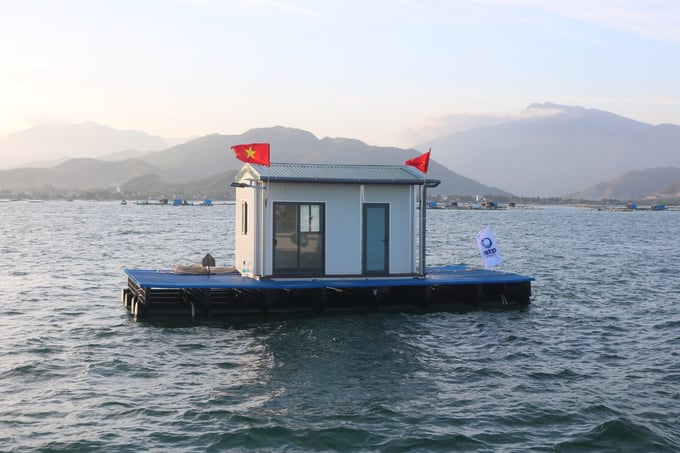
The work of protecting, preserving and restoring the marine ecosystem is set out in the Plan with many key solutions for implementation.
Enhance and revolutionize fishing teams, cooperatives, and organizations; structure fisheries production based on value chains, with an emphasis on augmenting the value of production. By 2030, around 80% of fishing vessels operating in offshore and deep-sea regions will engage in production linkages while at sea.
Efficient and sustainable exploitation of fisheries potential in natural lakes, reservoirs, rivers, and streams; integrate exploitation with the protection and development of fisheries resources, biodiversity, and climate change adaptation; ensure livelihoods for people, especially ethnic minorities and low-income people in northern upland, Central Highlands, and Mekong Delta regions.
Concerning the requirements for land and water usage by the year 2030: The national marine region has a total natural area of around 2.79 million hectares, which is comparable to about 2.79% of the entire maritime area. This area is specifically designated for the protection of fishery resources and the conservation of biodiversity.
The combined area of authorized fisheries resource protection zones on rivers and lakes is approximately 44,570 hectares of water surface. Marine conservation areas and research institutes encompass gene banks and commercial germplasm within their spatial boundaries.
The combined land and water requirements for the establishment of fishing ports and protected anchoring areas amount to a minimum of 5,504 hectares. This includes around 630 hectares of land usage and around 4,874 hectares of water usage.
The planning also suggests 7 distinct implementation strategies, which include: Mechanism and policy solutions; financial and investment solutions; environmental, science, and technology solutions; communication and awareness-raising solutions; training and capacity-building solutions; international cooperation solutions; and production organization solutions.
Translated by Linh Linh
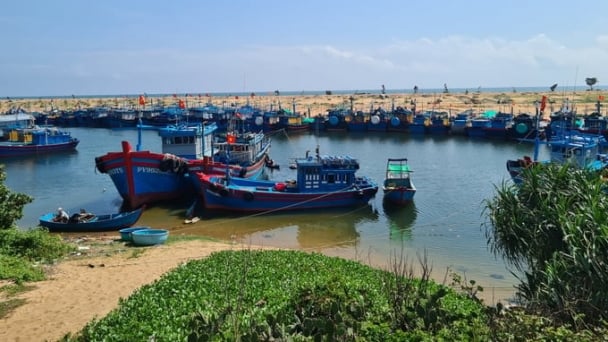
(VAN) Deputy Prime Minister Tran Luu Quang recently approved a national plan for the fishing port and vessel shelter system from 2021 to 2030, with a vision towards 2050.
/2024/07/03/3512-2-113220_623.jpg)
(VAN) The Ministry of Agriculture and Rural Development requests localities that have had or are currently experiencing animal diseases not to let new outbreaks arise and not to let the disease persist and prolong.
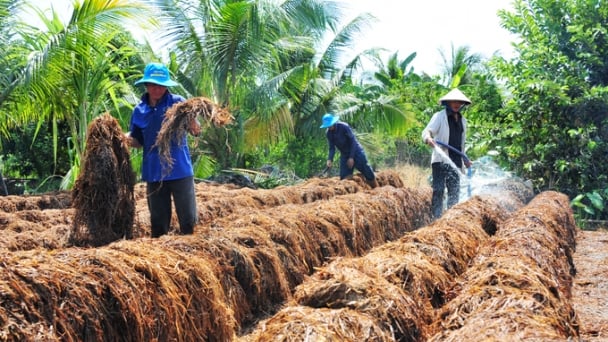
(VAN) Rice straw and husks are frequently regarded as waste and have been the source of numerous issues. However, they have been transformed into valuable basic materials through the process of regeneration.
/2024/07/02/2702-2-092444_464.jpg)
(VAN) Water security is an urgent issue that requires proactive solutions through structural and non-structural solutions adapting to climate change.
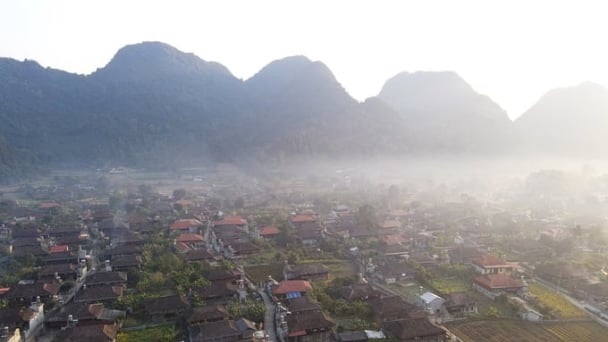
(VAN) This issue was raised by a National Assembly delegate during the morning discussion session on June 28 in the hall, regarding the draft Law on Urban Planning and Rural Planning.

(VAN) The 'Development of Science and Technology Applications, Technology Transfer to Promote Circular Economy in Agriculture by 2030' project has been recently approved by the Prime Minister.
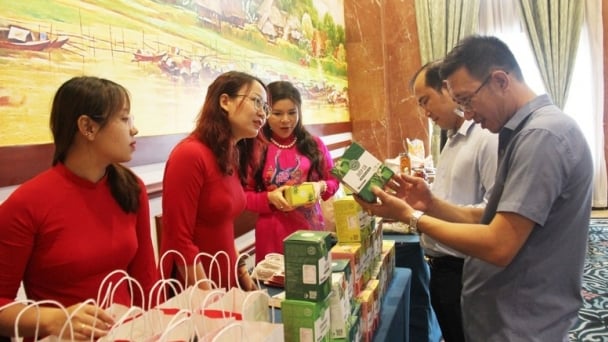
(VAN) In the draft proposal to develop a Decree regulating Halal products and services, the Ministry of Science and Technology proposes 5 main policies to manage and develop Halal products and services.